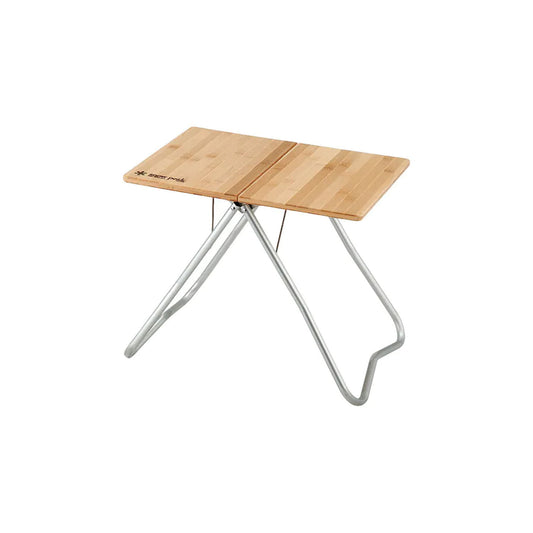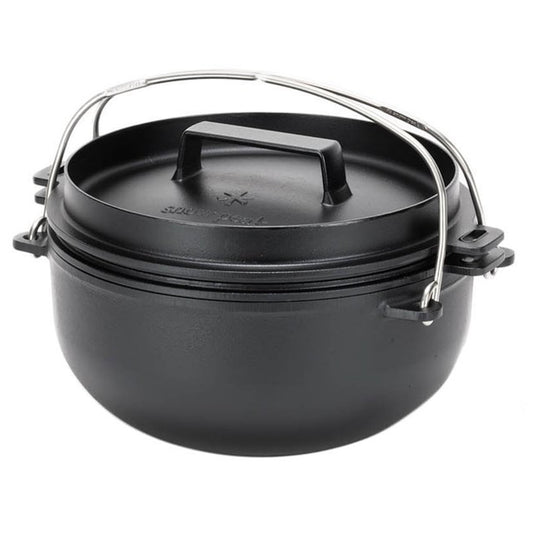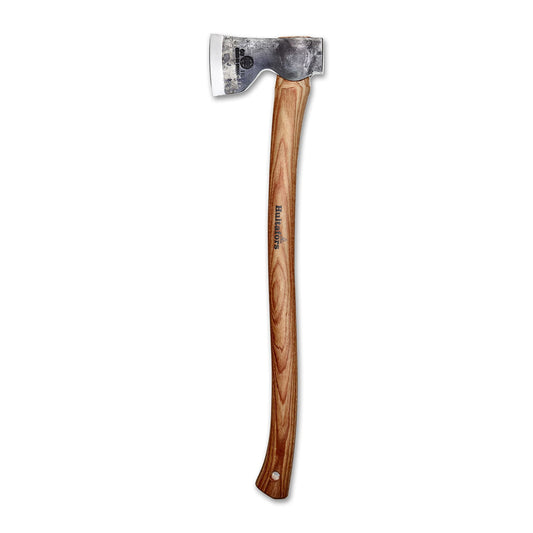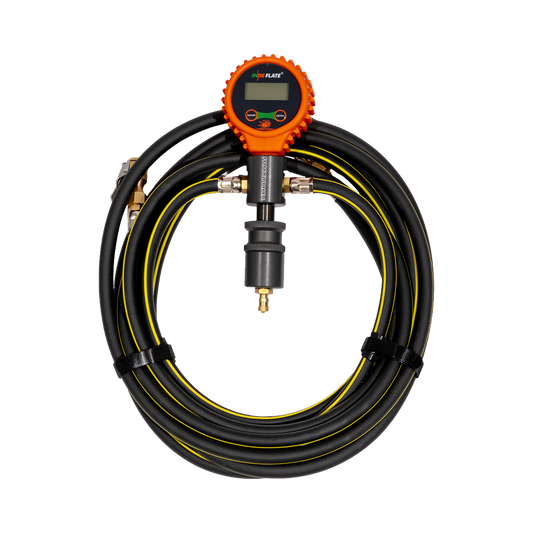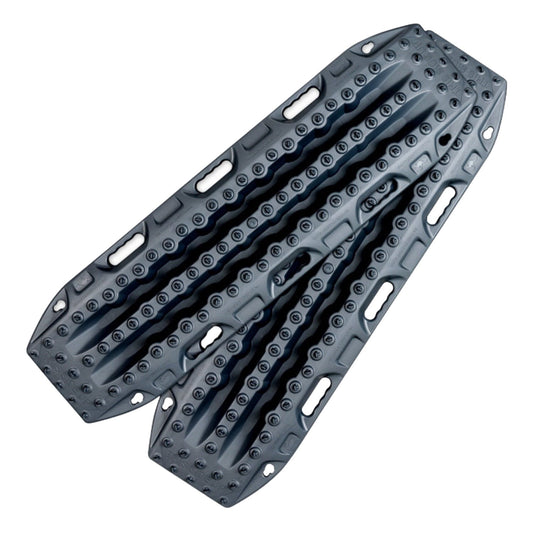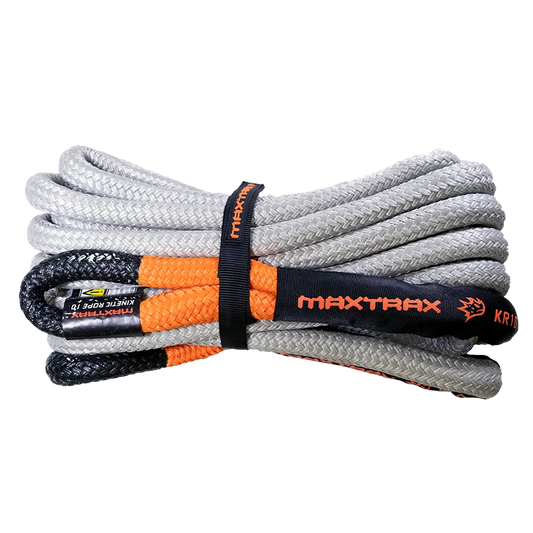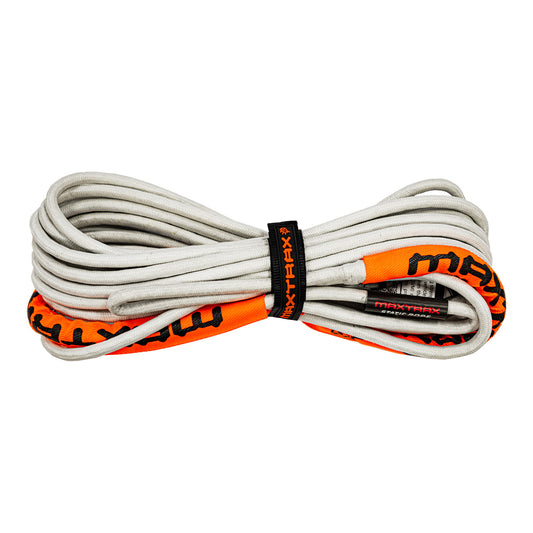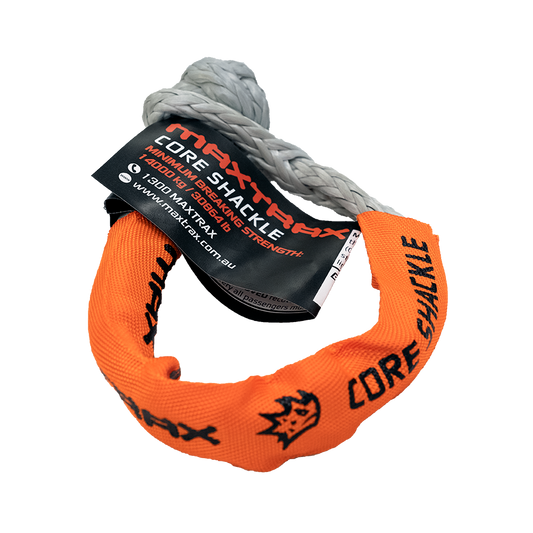
How sturdy are RFI 4G Antennas?
Build quality is often a good place to start when looking at gear. If a product like this 4G antenna from RFI can’t withstand corrugations and off-road bumps, then there really isn’t any point looking at it further.

In this instance the 4G antenna is mounted upon a heavy-duty spring, it’s exactly the same setup as the UHF antenna we run.
We’ve had both mounted for 40,000 km now. They’ve been along the Great Central Road, across the Simpson (twice), through the High Country, Skytrek, Arnhem Land and Kakadu. They haven’t budged. Not even close.
The RFI CDQ7195 4G Antenna is removable from the base. A high-quality O-ring below the thread above the mounting spring ensures keeps fine dust and water clear of this critical connection.


Like the RFI CDQ5000 UHF CB Antenna, the whip itself is made from high impact fibreglass. It’s 890mm in length.
Uniquely the internals is made from RFI’s patented Meander Flex Printed Circuit Board (PCB). Unlike other construction methods, this method is essentially joint free and can flex. This makes for an extremely strong antenna internally, and it also assists in delivering consistent performance.

How well does it work?
Initially, we connected this antenna to a passive cradle. It typically added around one bar to the reception which was helpful but not incredible.

Next, we upgraded to a Cel-Fi system. We used the same RFICDQ7194 4G Antenna as the external and the small RFI T7-4M-SMA for the internal antenna.

The Cel-Fi is an exceptional piece of equipment, it far exceeded every hope I had for it.
While you still a need a morsel of reception for it to work, what it can do with that needs to be seen first hand.
It can take one reception, a level that could be typically used for text only, and boost that 30 times. The result is full reception, and often quite useable data.


RFI manufacture their antennas in Australia and have a loyal following within the emergency services due to the build quality and the clarity of communications they enable.



